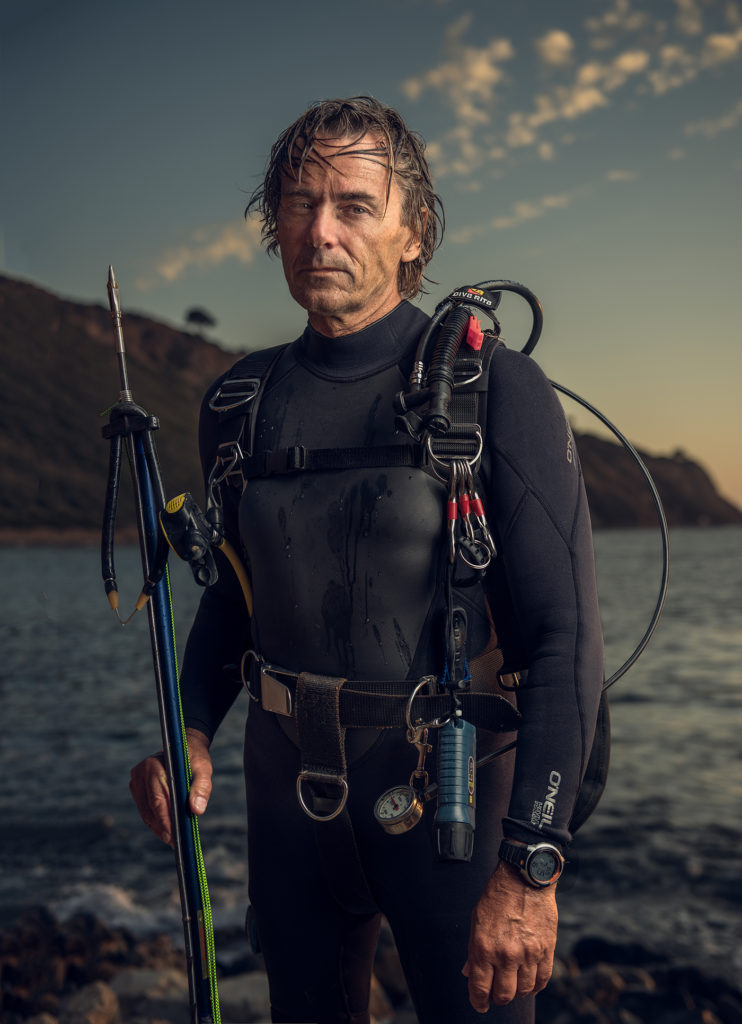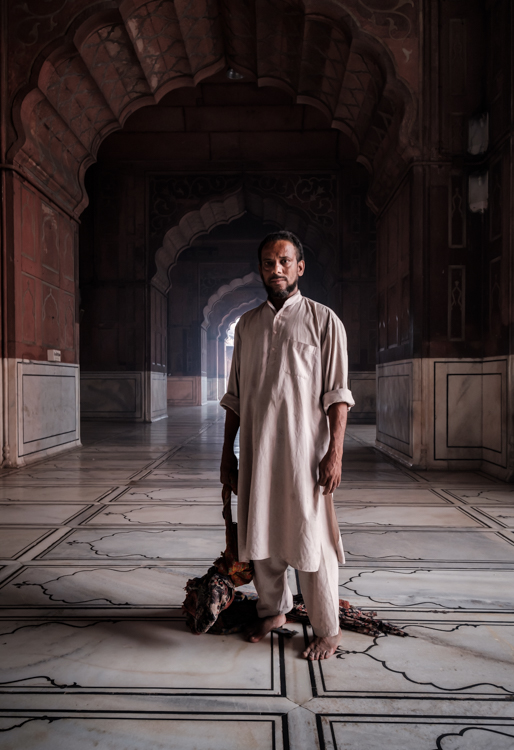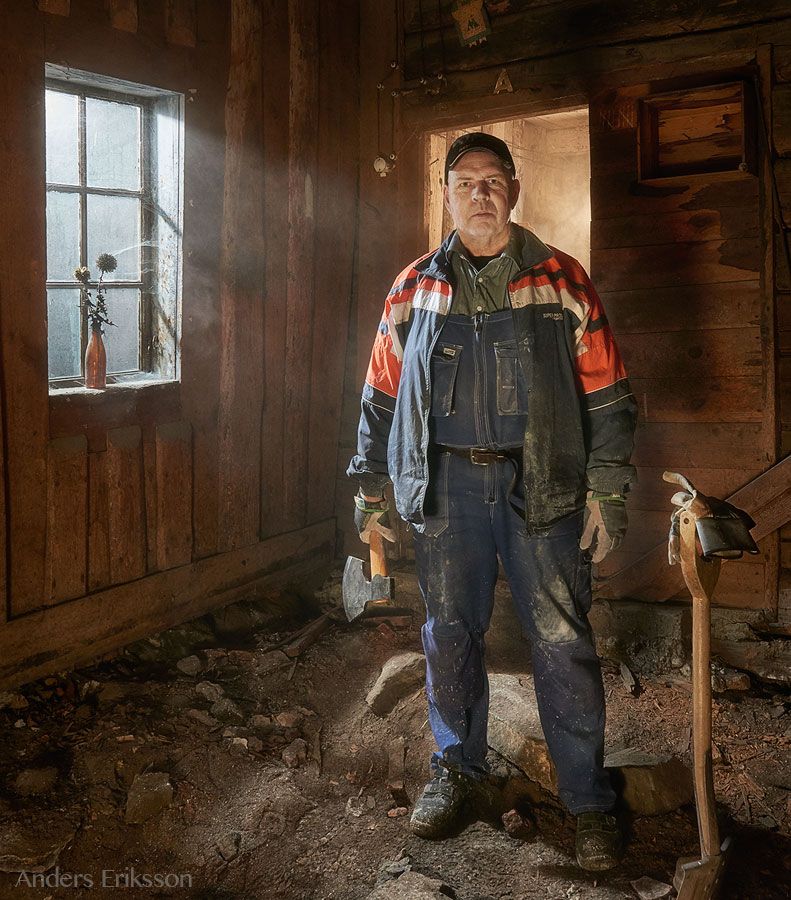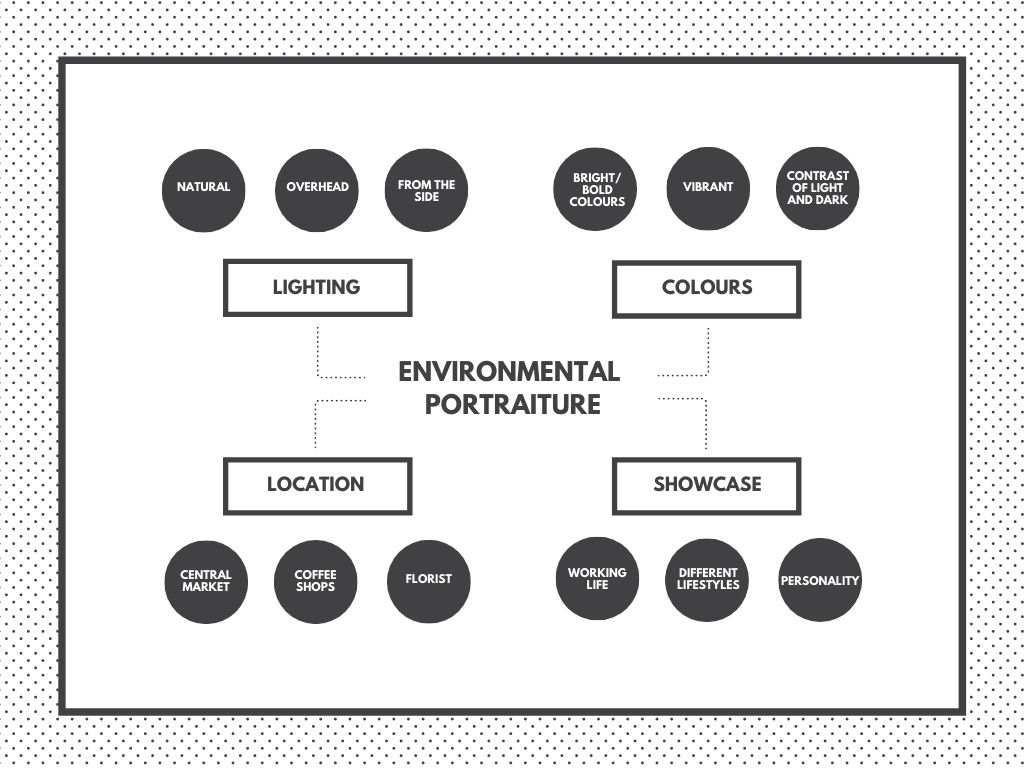Studio photography uses a photography studio to capture an image of a subject. The photographer can control every aspect of the shoot from different backdrops and lighting (studio portraits tend to include simple monochromatic backgrounds), they can also decide what to include in the photo, such as costumes and props.Costumes and props for models can be used to create different outcomes, such as using props from specific time periods to create an older looking image.
Lighting is very important in Studio photography. Photographers need to concentrate on the lighting as different shadows make different impacts and change the mood and atmosphere of a photo. To make a strong bold image a photographer may want to dramatise the shadow to create a higher contrast between the subject and the background.
Three-point lighting is often used as a form of lighting in a studio setting. It is when you have three light sources placed in three different positions, usually artificial lighting. By changing the size, distance, intensity, and position of them a photographer can control how the light and shadow appear in the photo and how they work with the subject.
Examples Of Studio Portraits:



Richard Avedon
Richard Avedons’ career started when he joined the armed forces in 1942 during World War II, serving as Photographer’s Mate Second Class in the U.S. Merchant Marine.
Avedon was fascinated by capturing personality and evoking the life of his subjects. He used stylistic and narrative poses, attitudes, hairstyles, clothing and accessories as he knew that these are vital to use the right way to get a perfect image.
He is better known for his commercial photography that he did for brands and magazines.
https://www.avedonfoundation.org/history
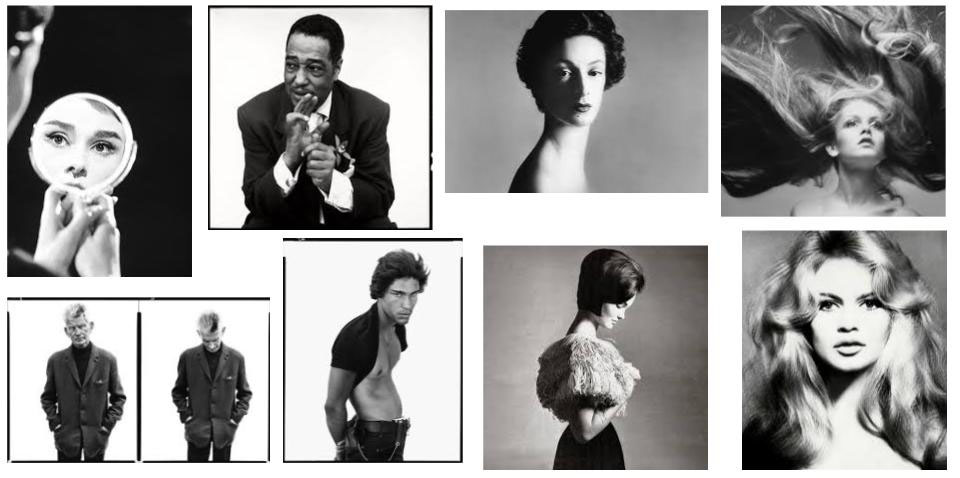
David Bailey
David Bailey is an English fashion photographer best known for his images of celebrities, models, and musicians. He was first inspired by the works of Henri Cartier-Bresson. Returning to England, Bailey began working as a fashion photographer for John French as an assistant.
http://www.artnet.com/artists/david-bailey/






I plan to incorporate both photographers style of taking photos by having different poses and including different props.

